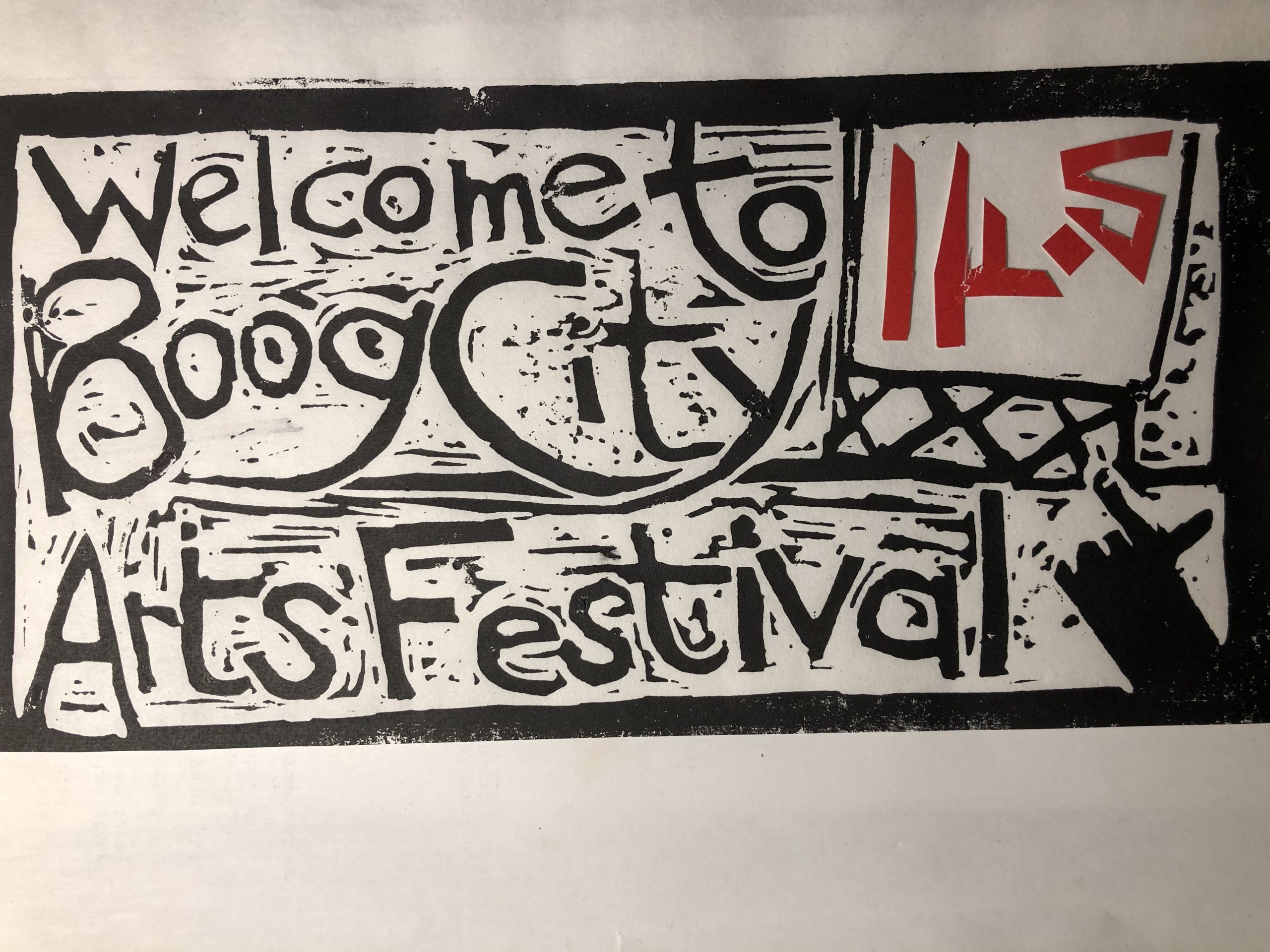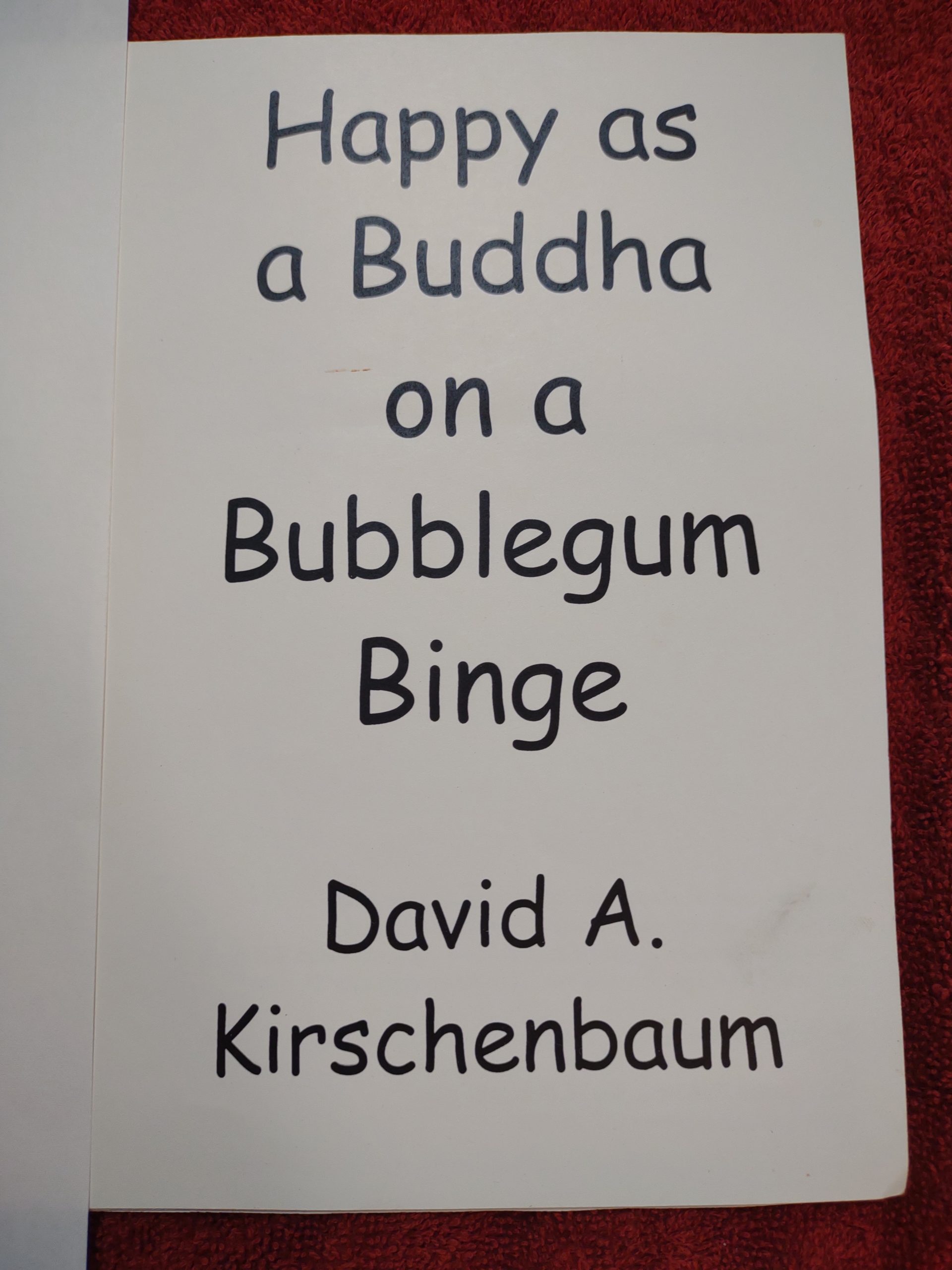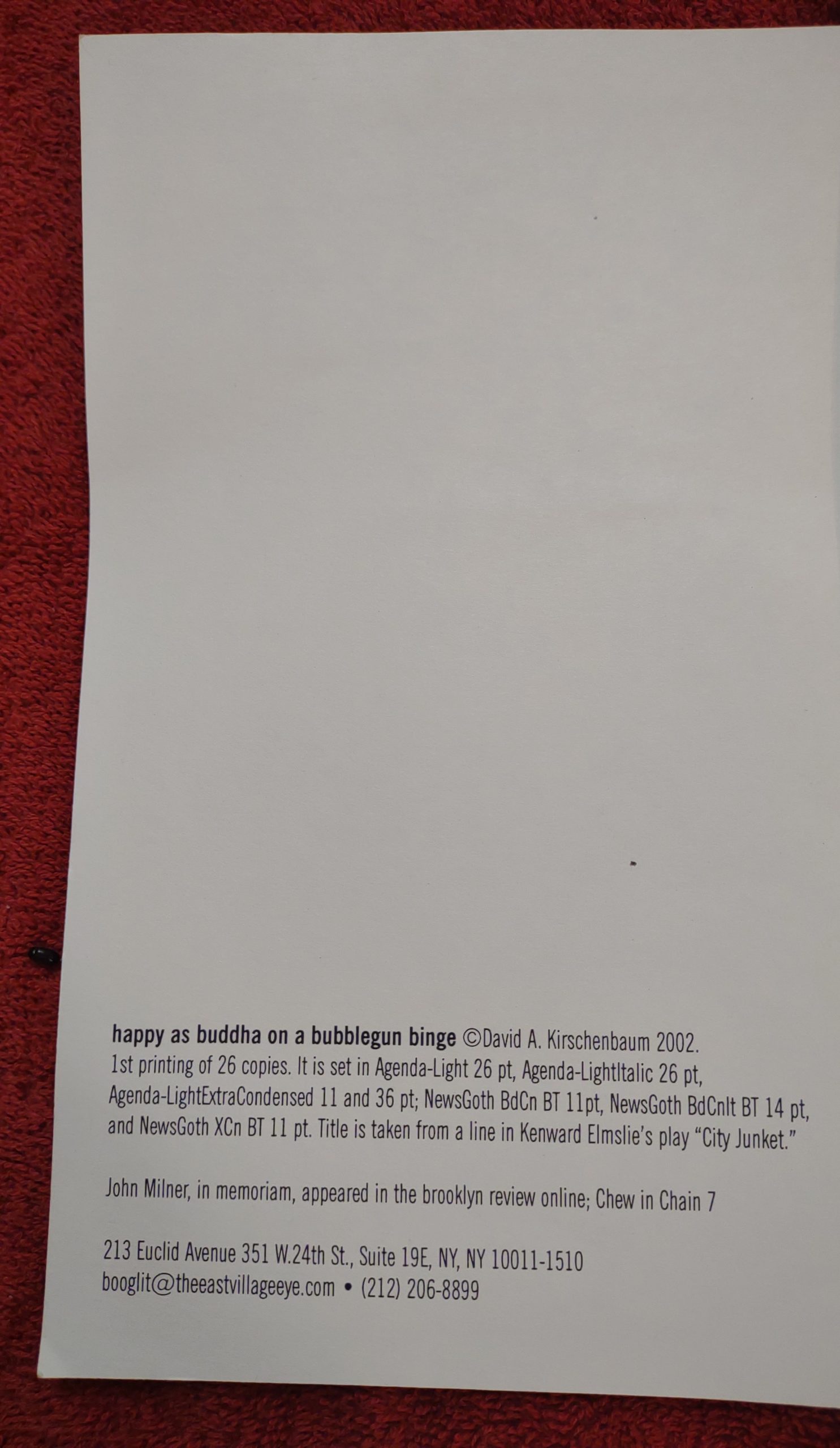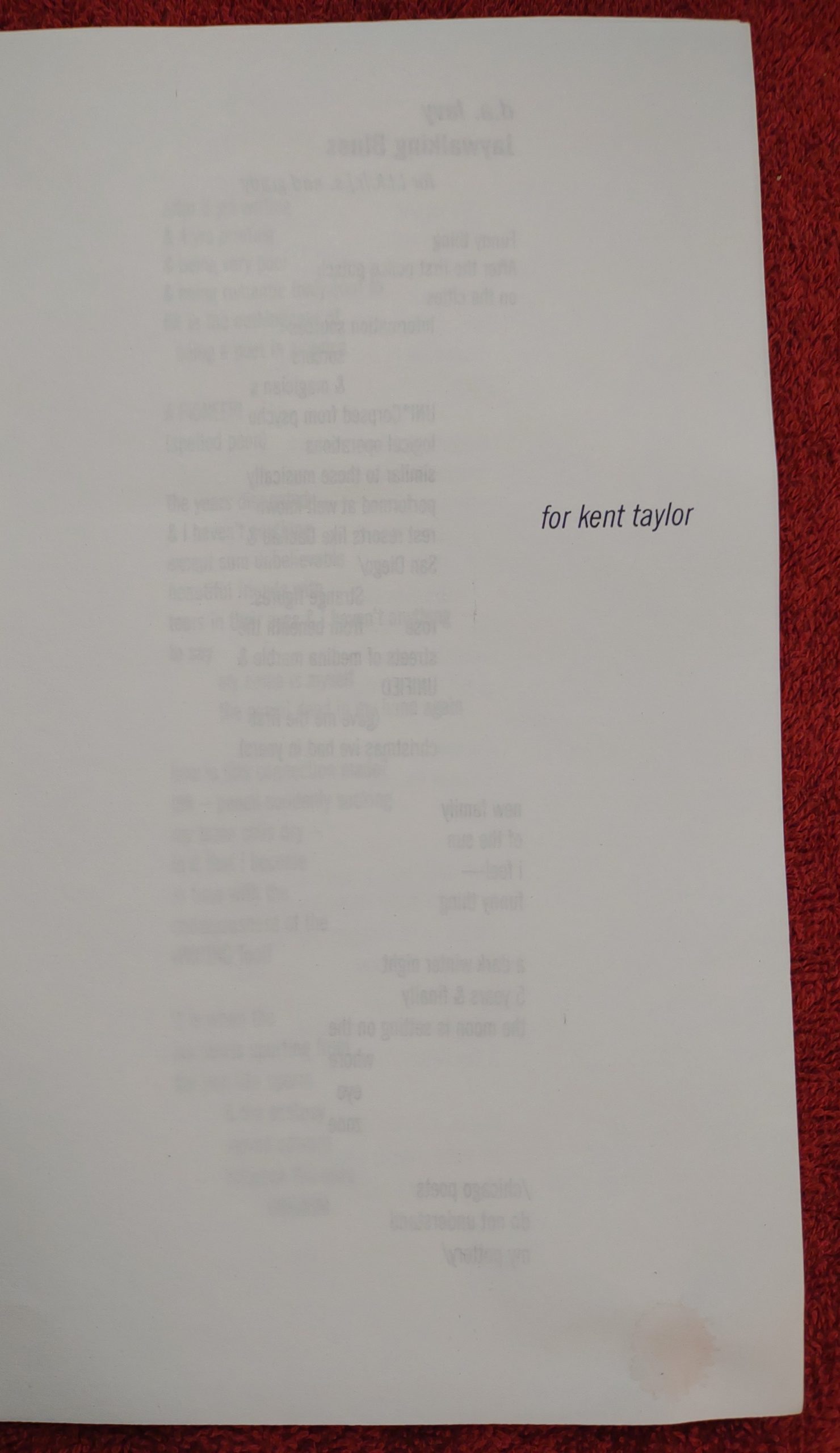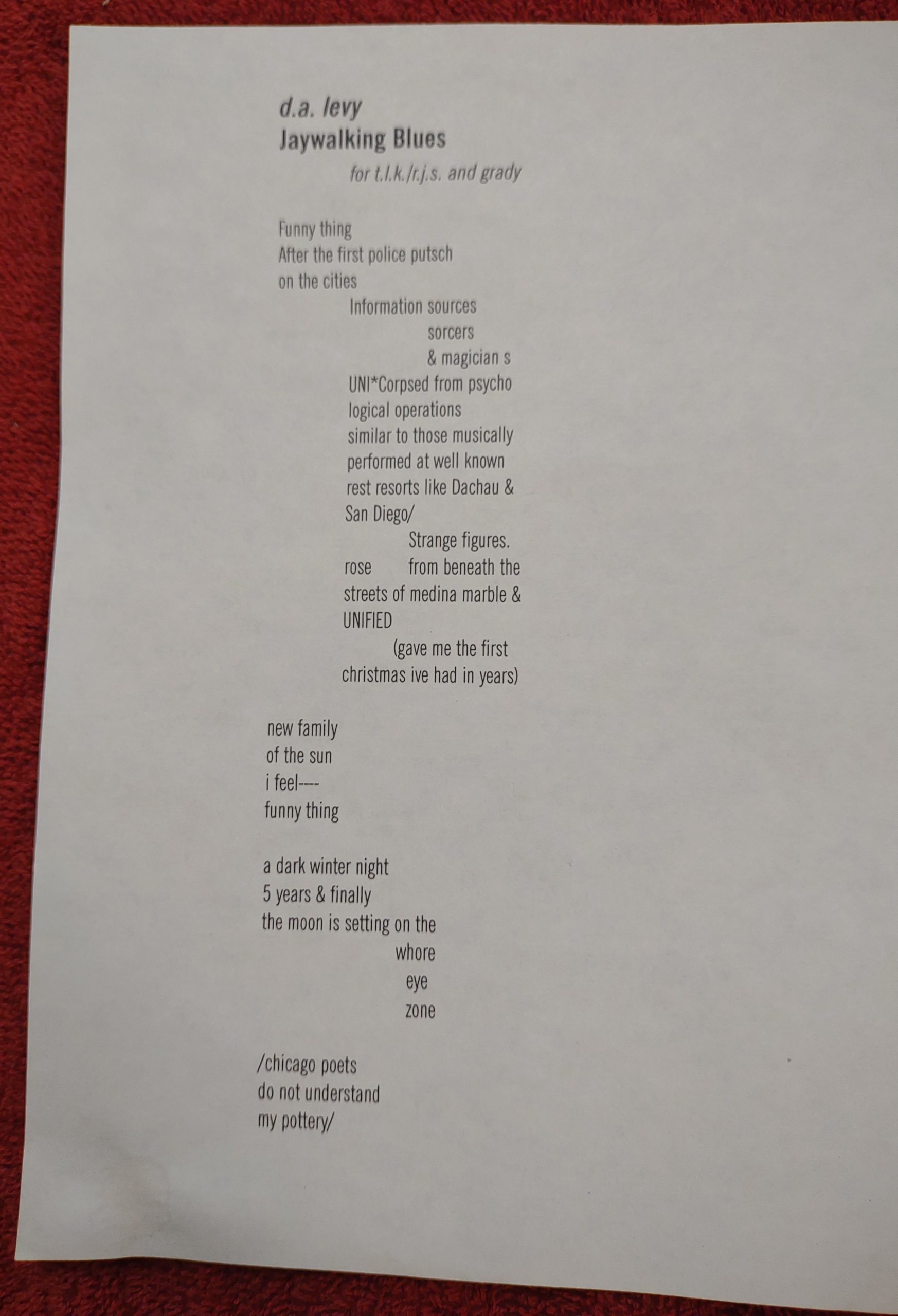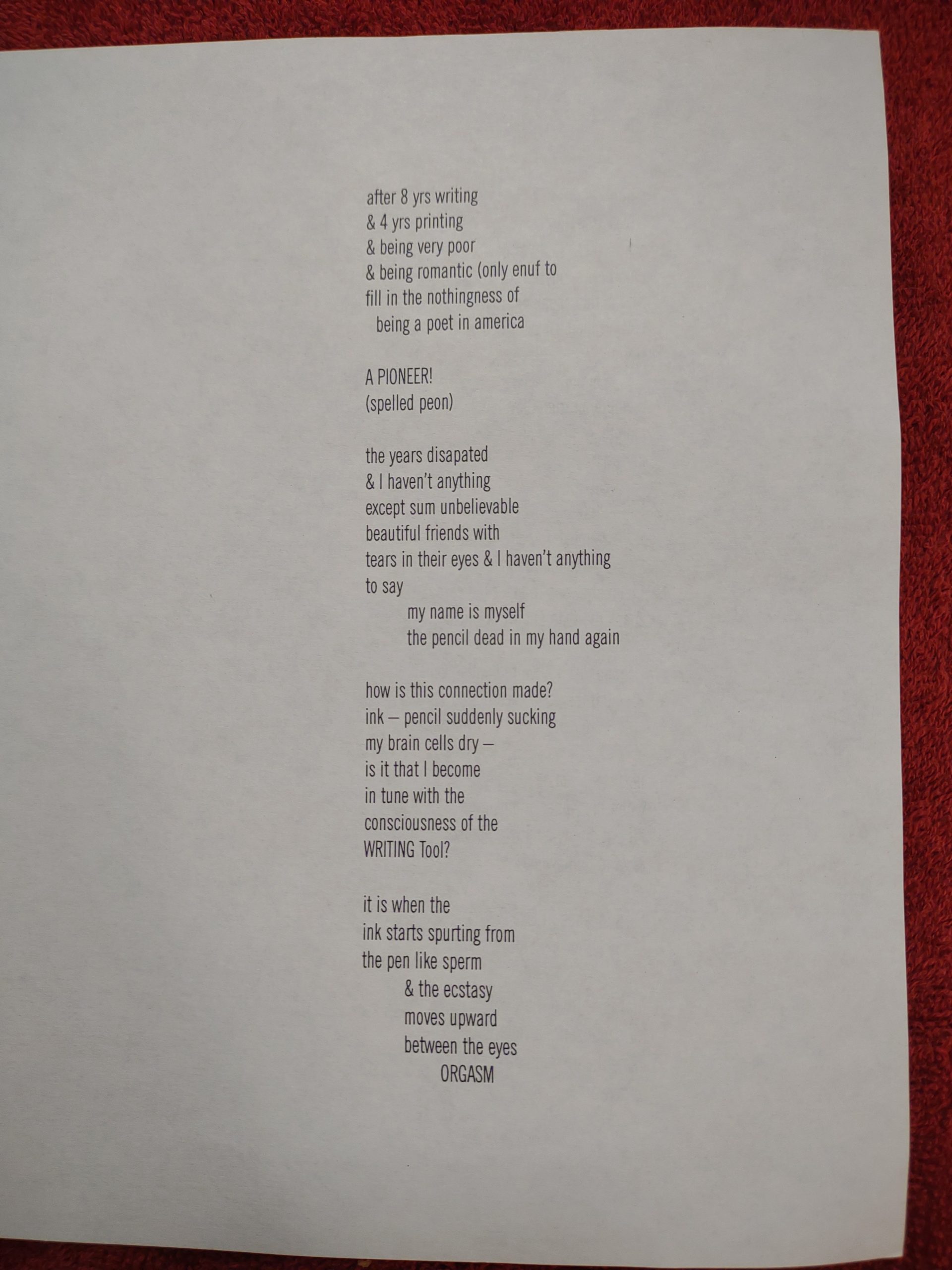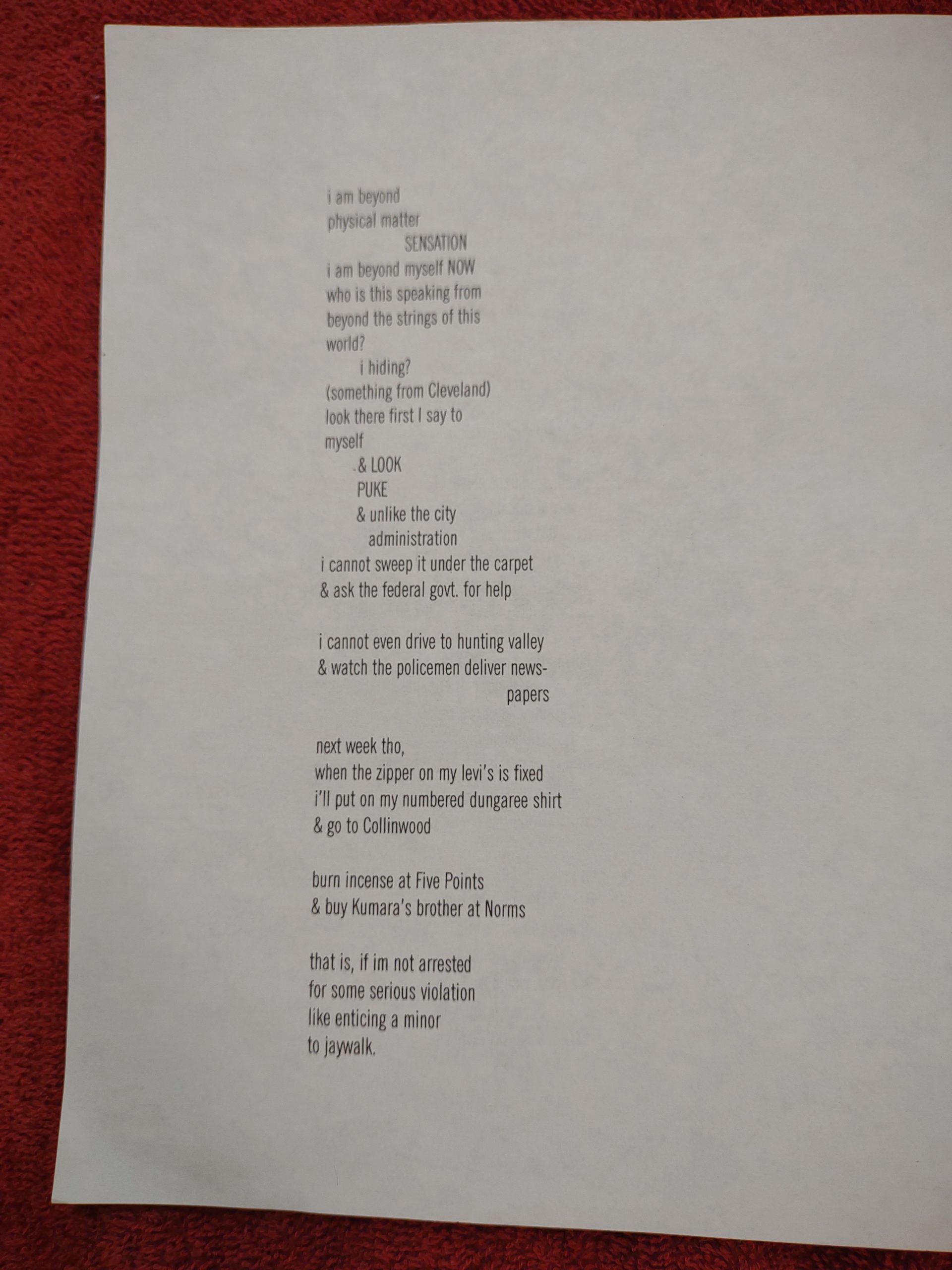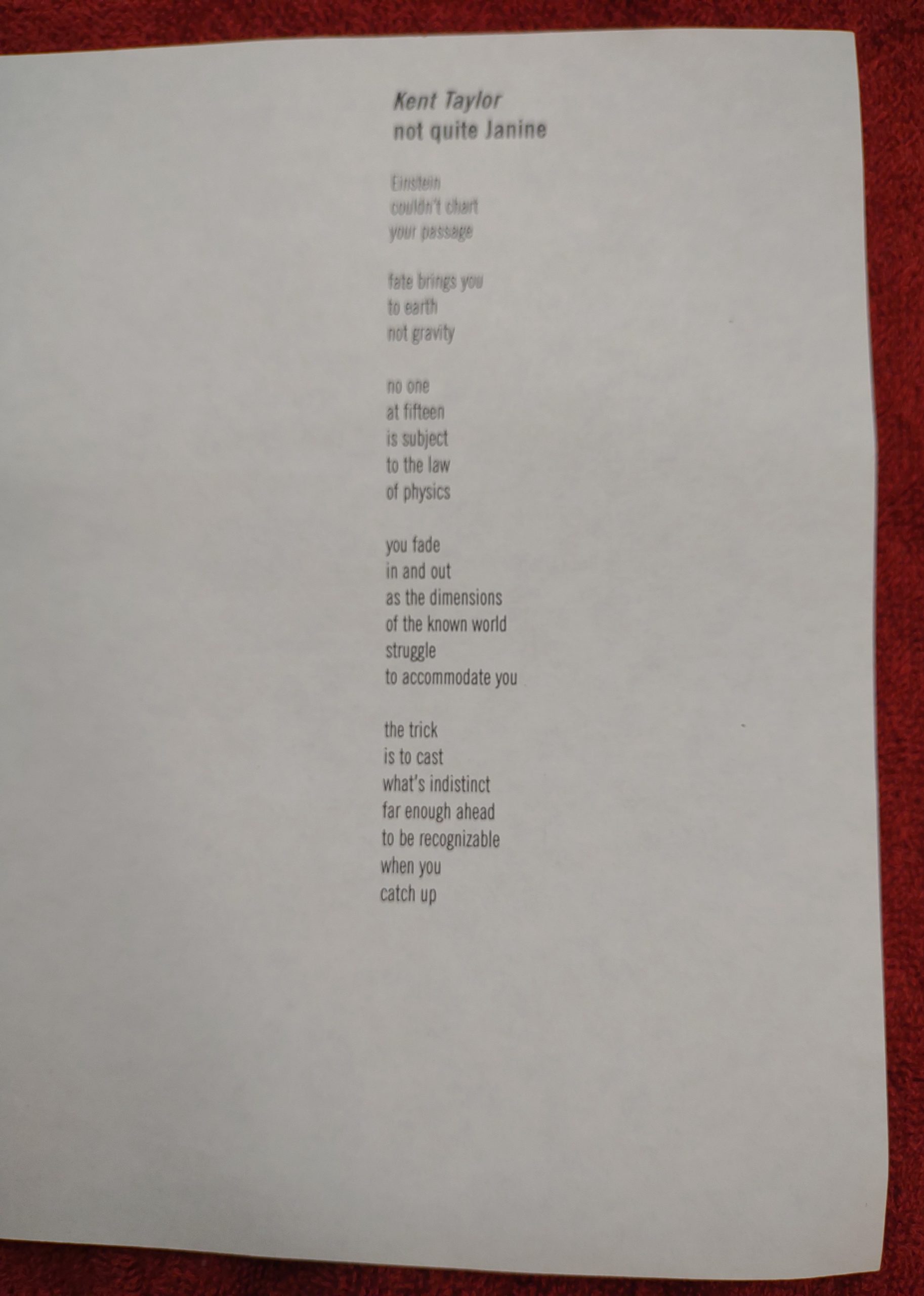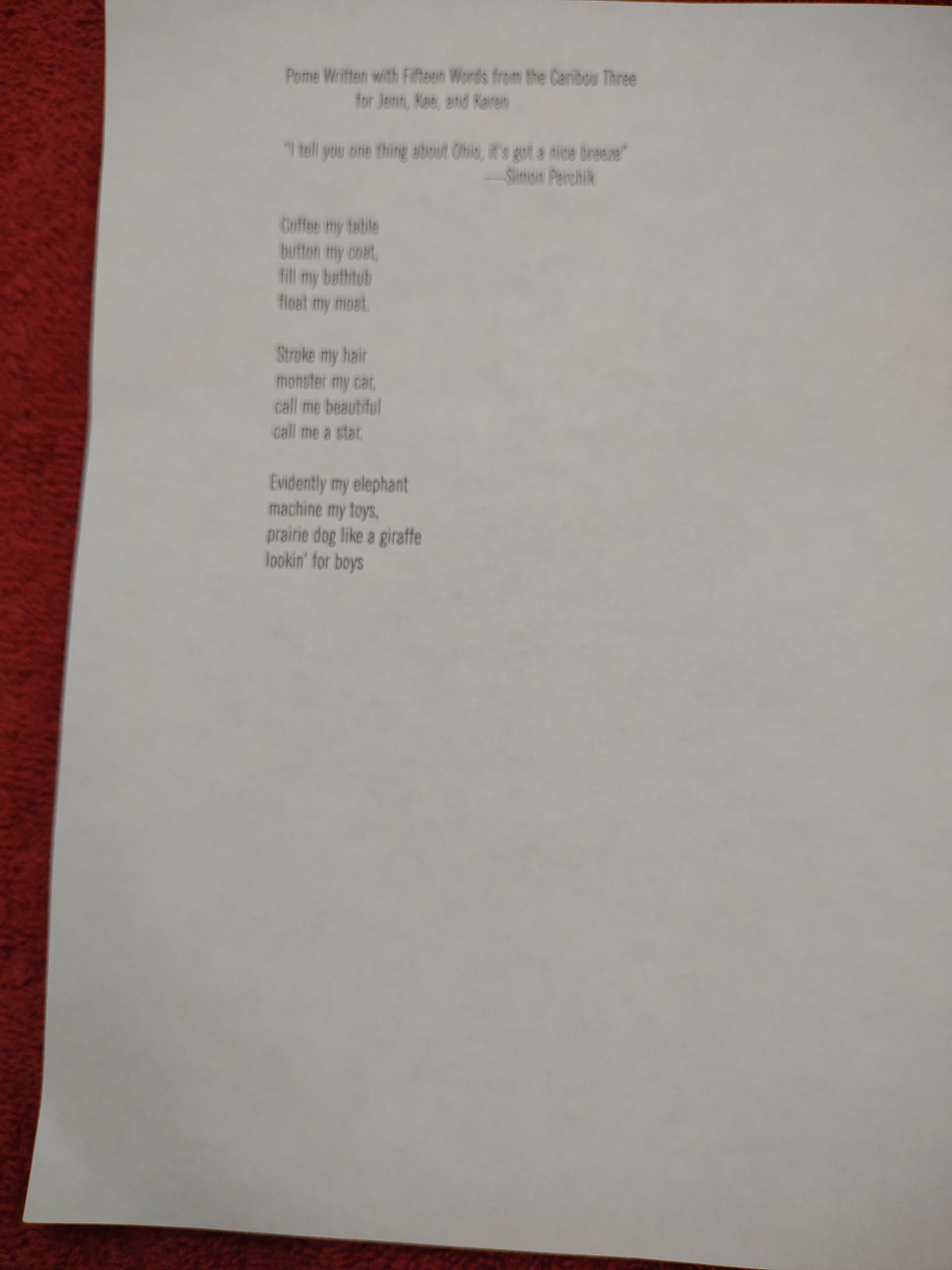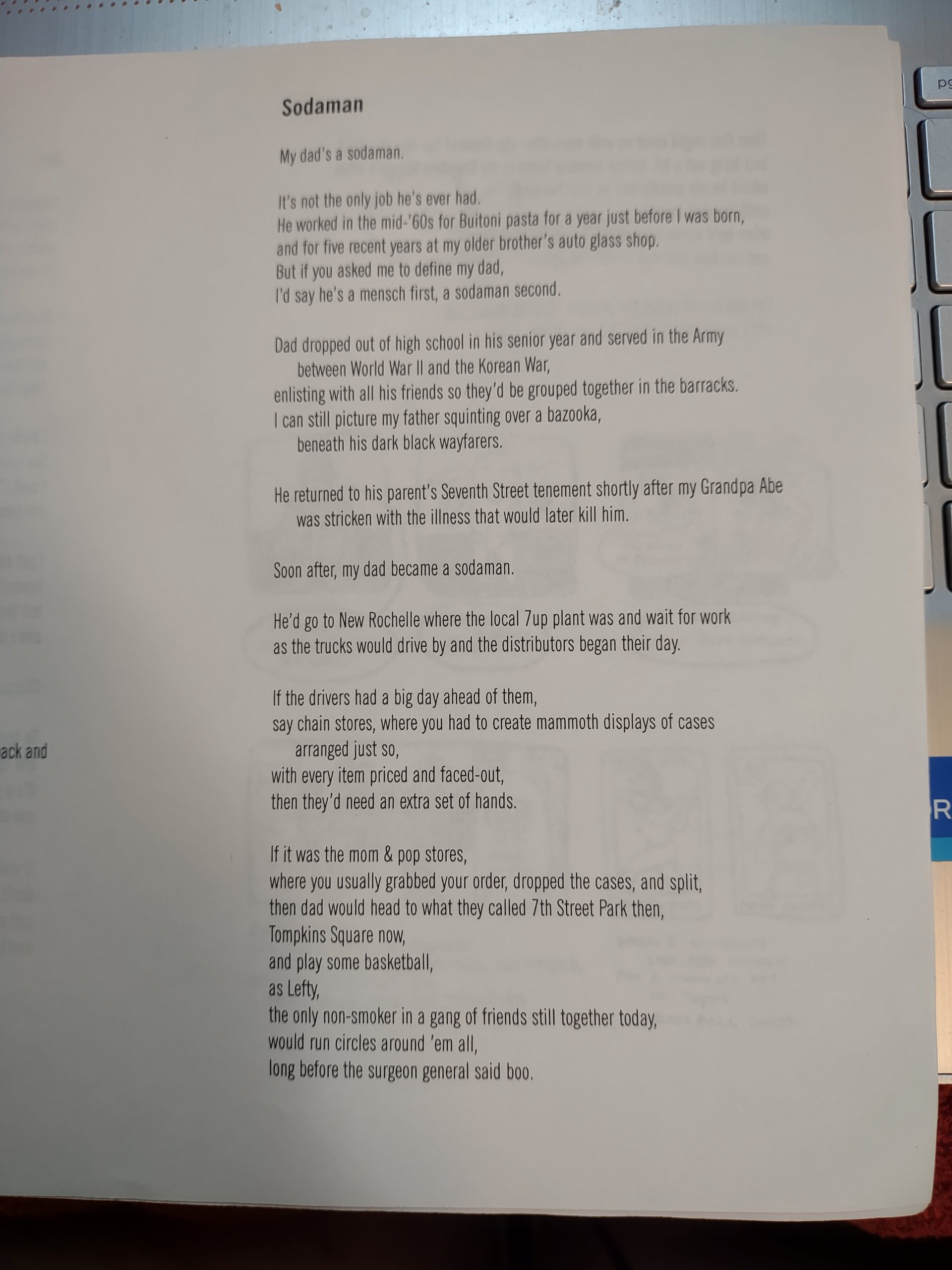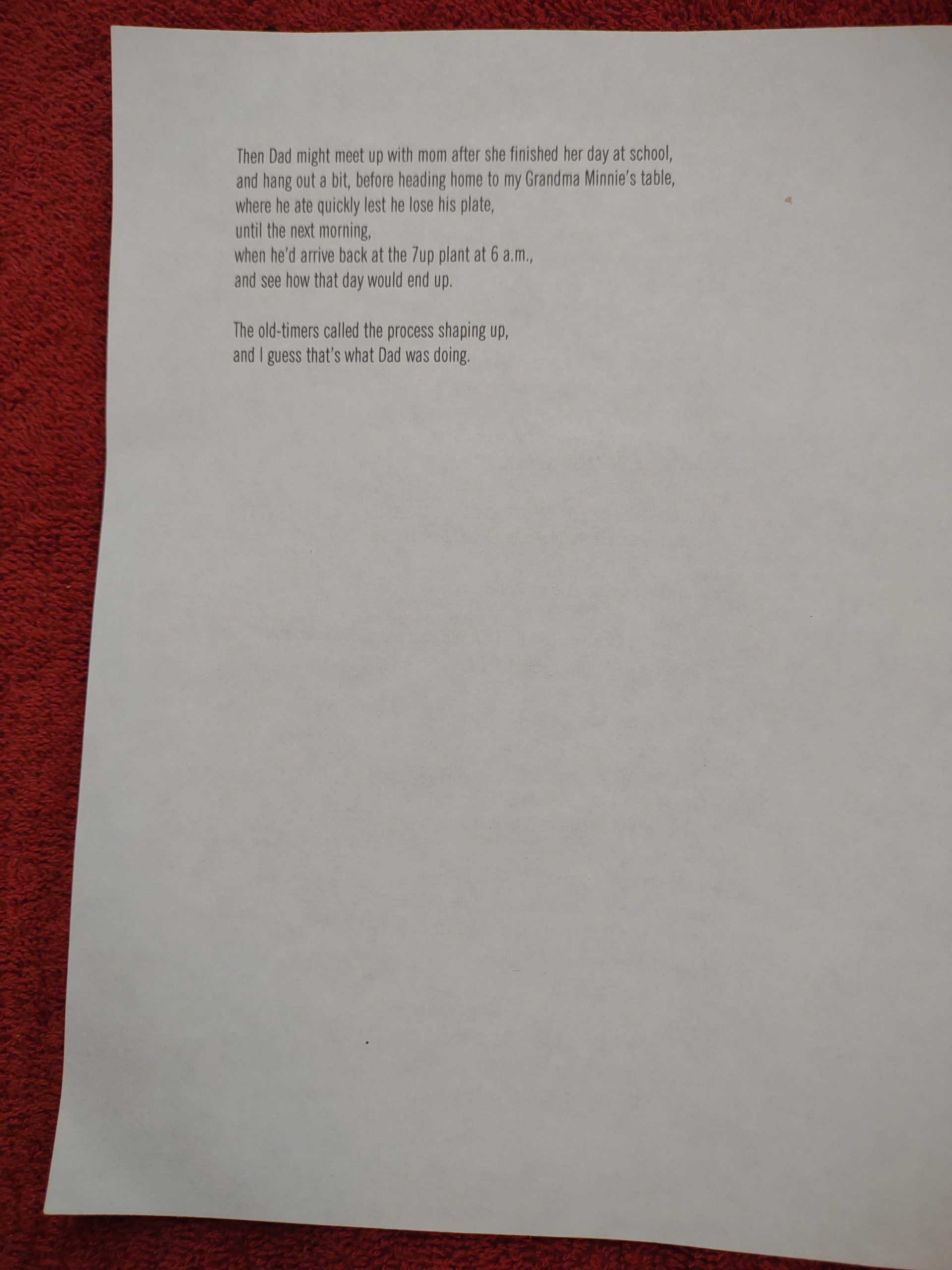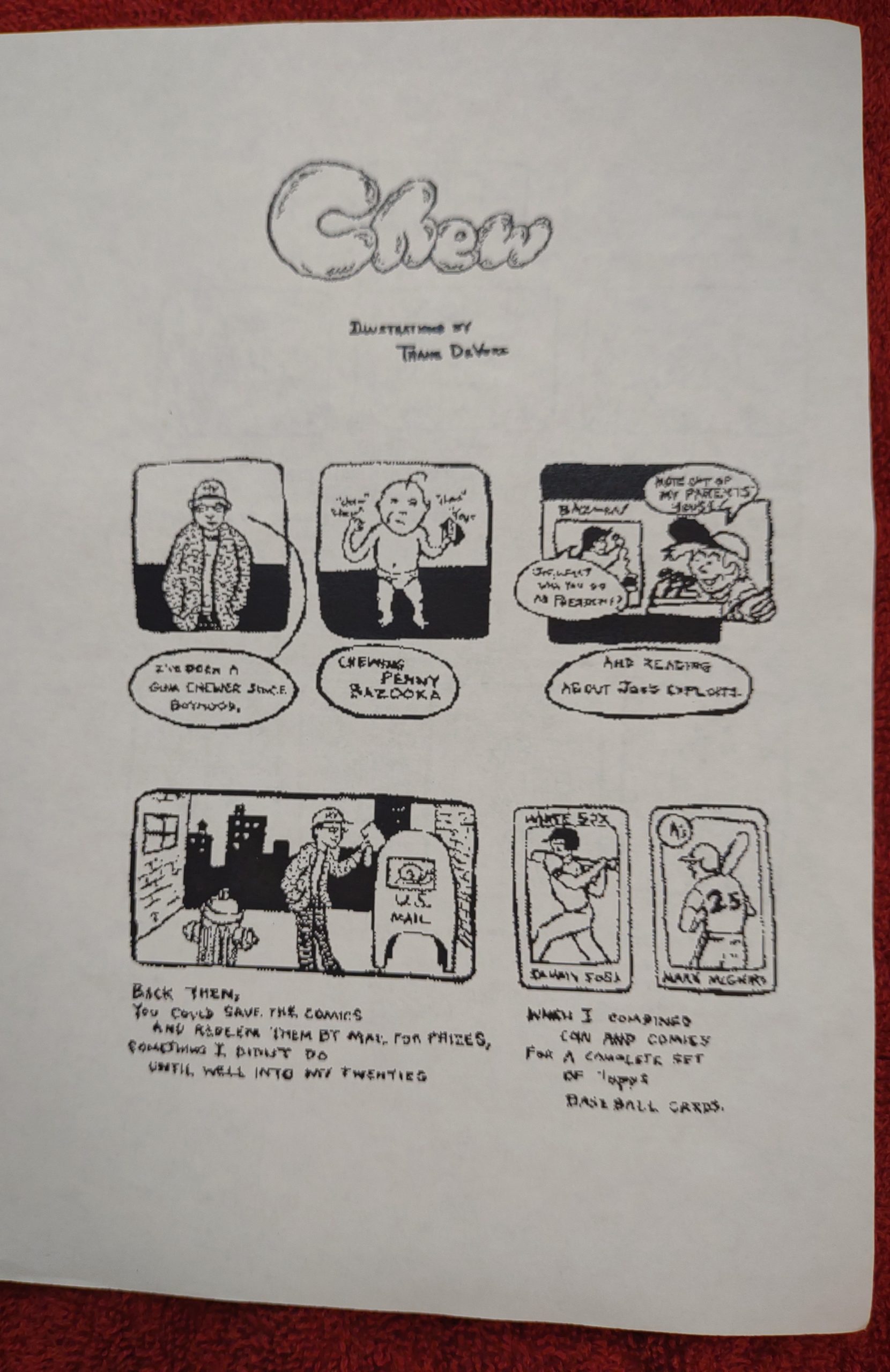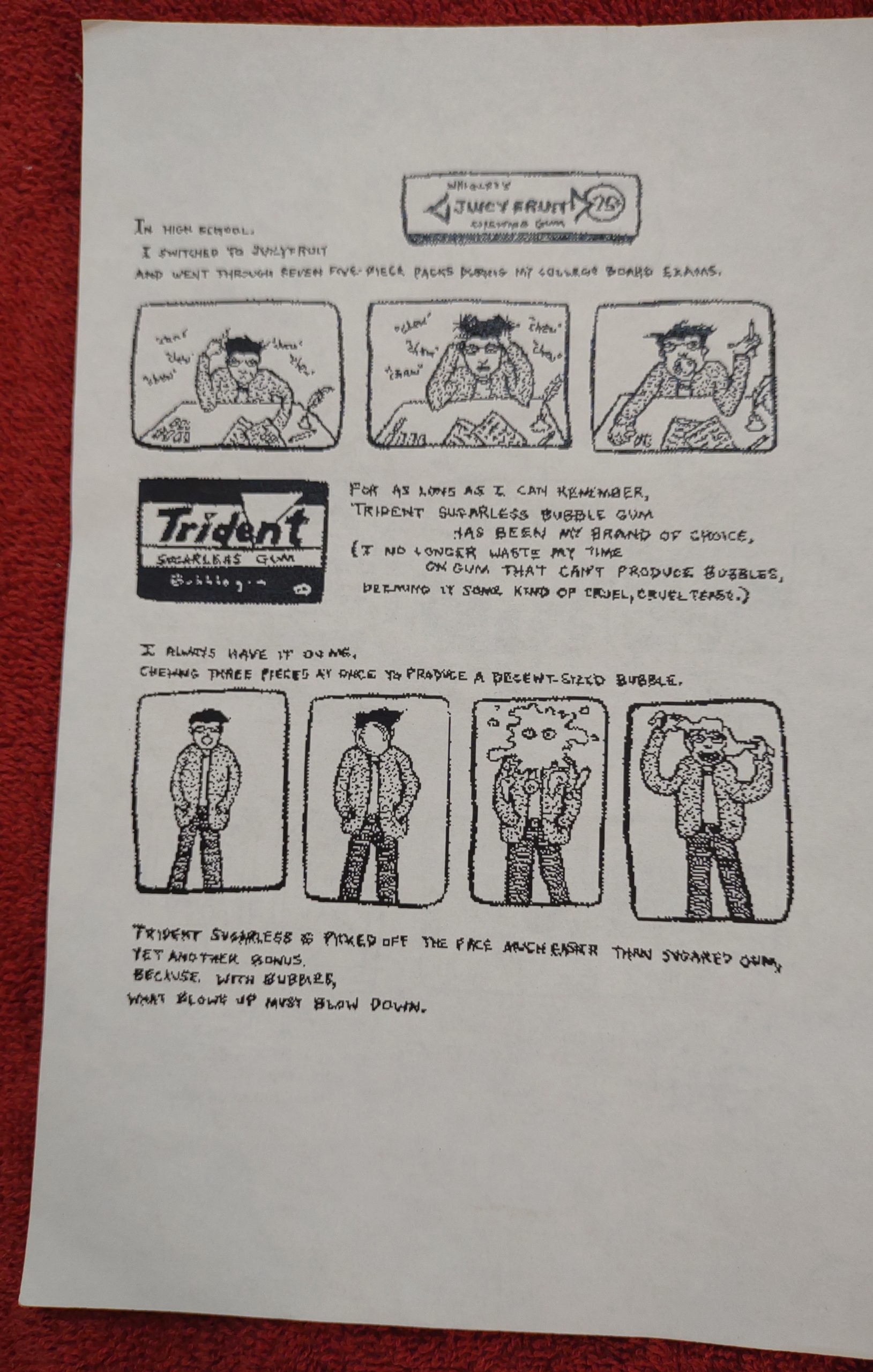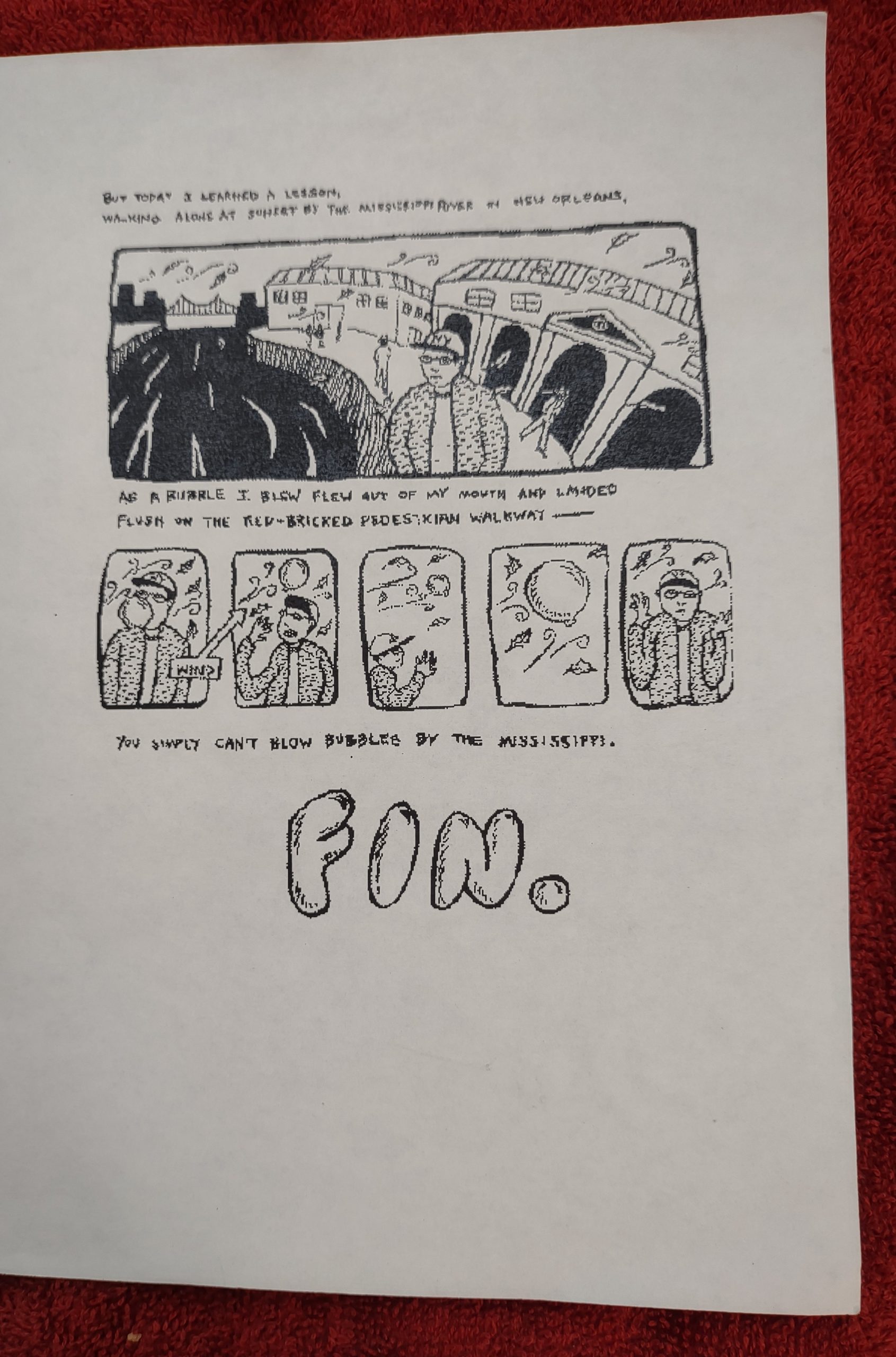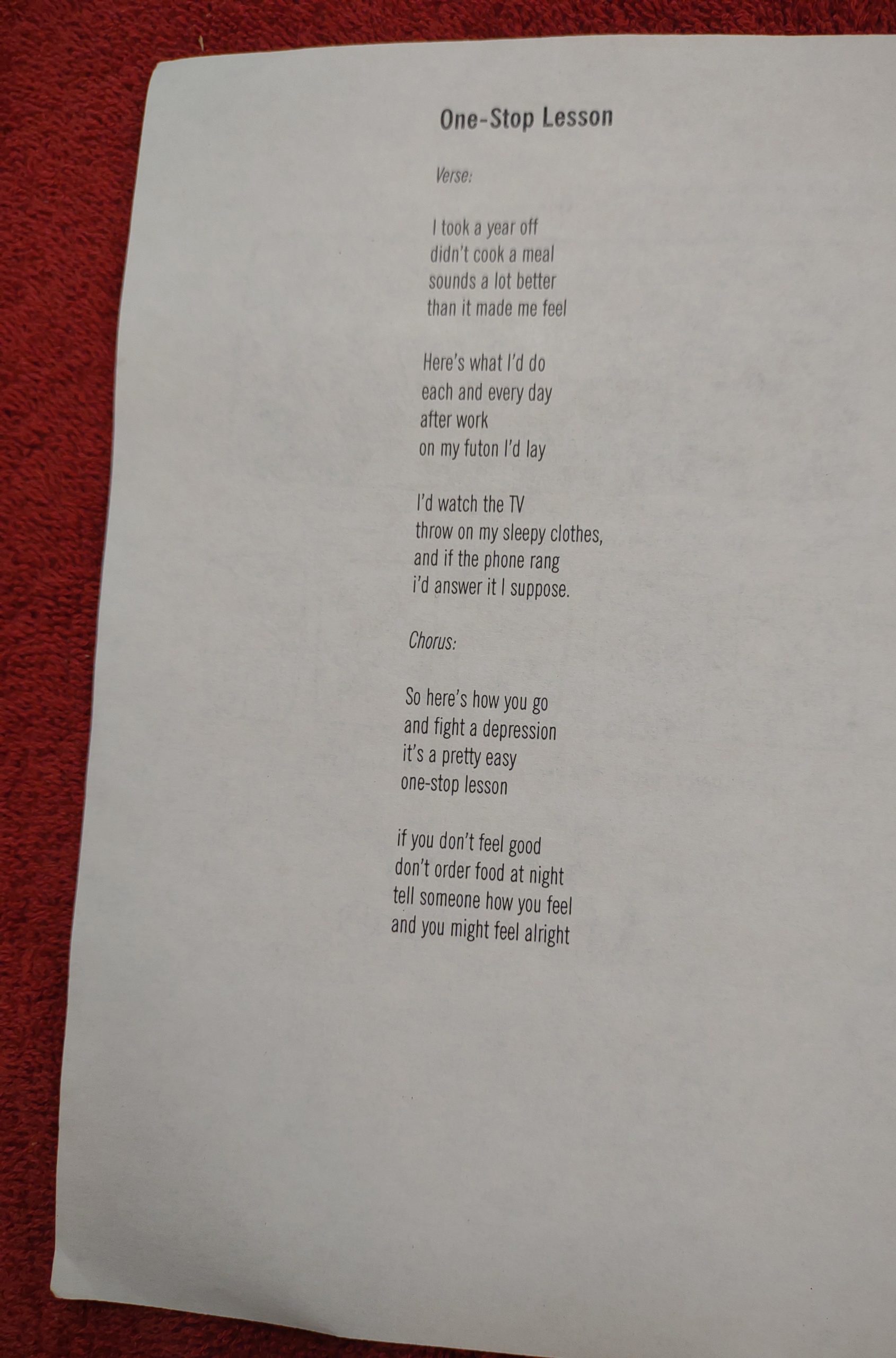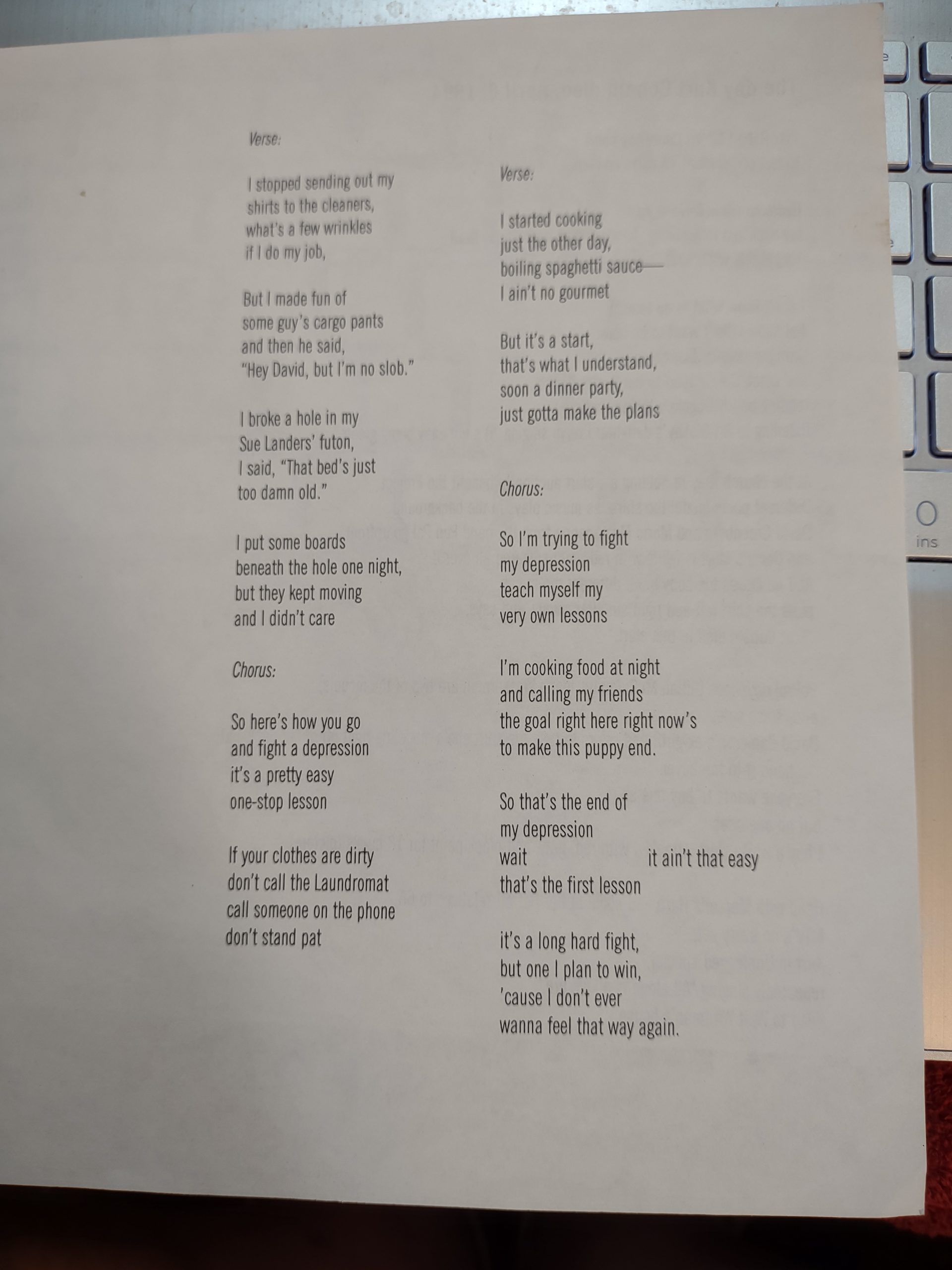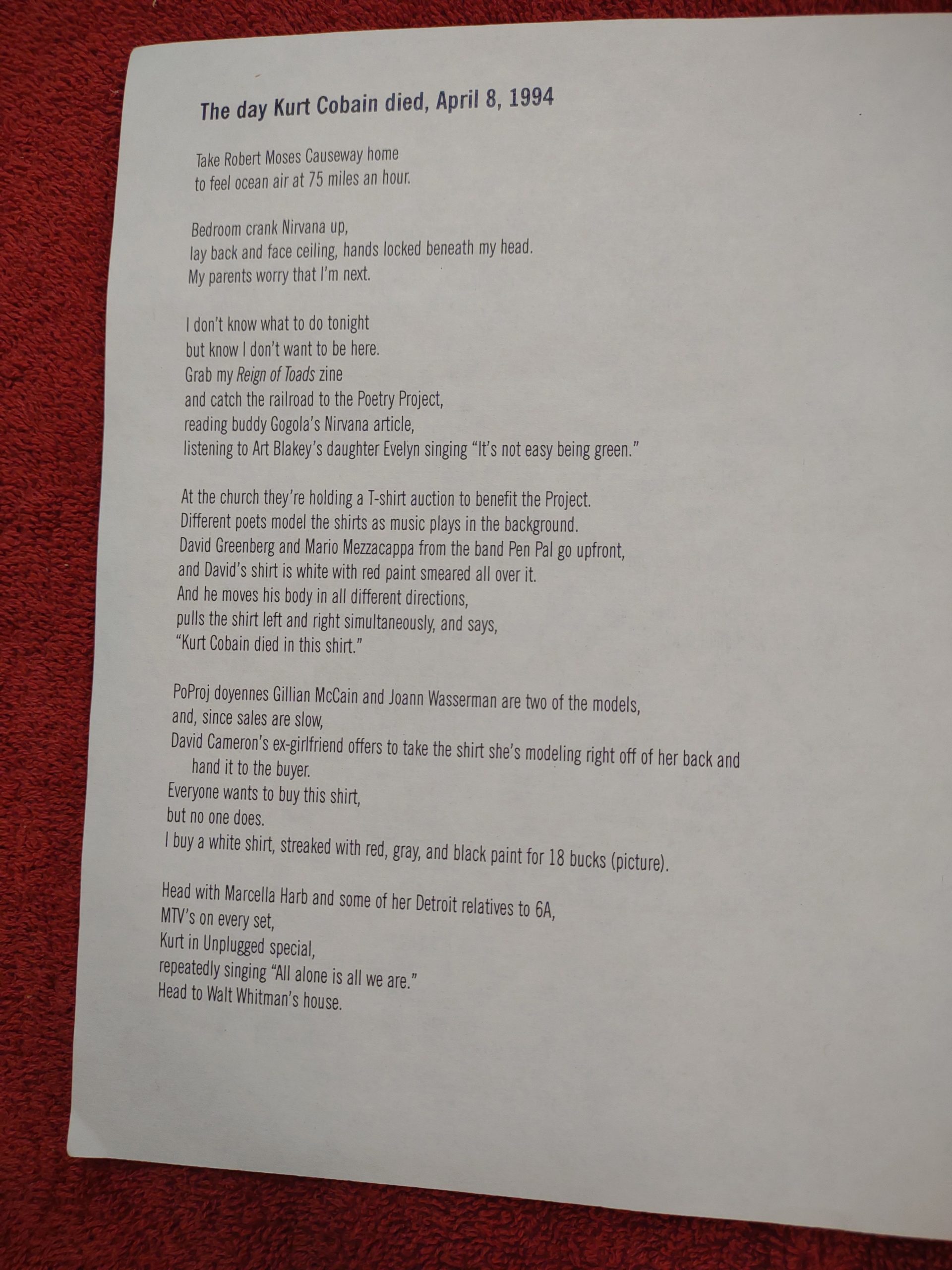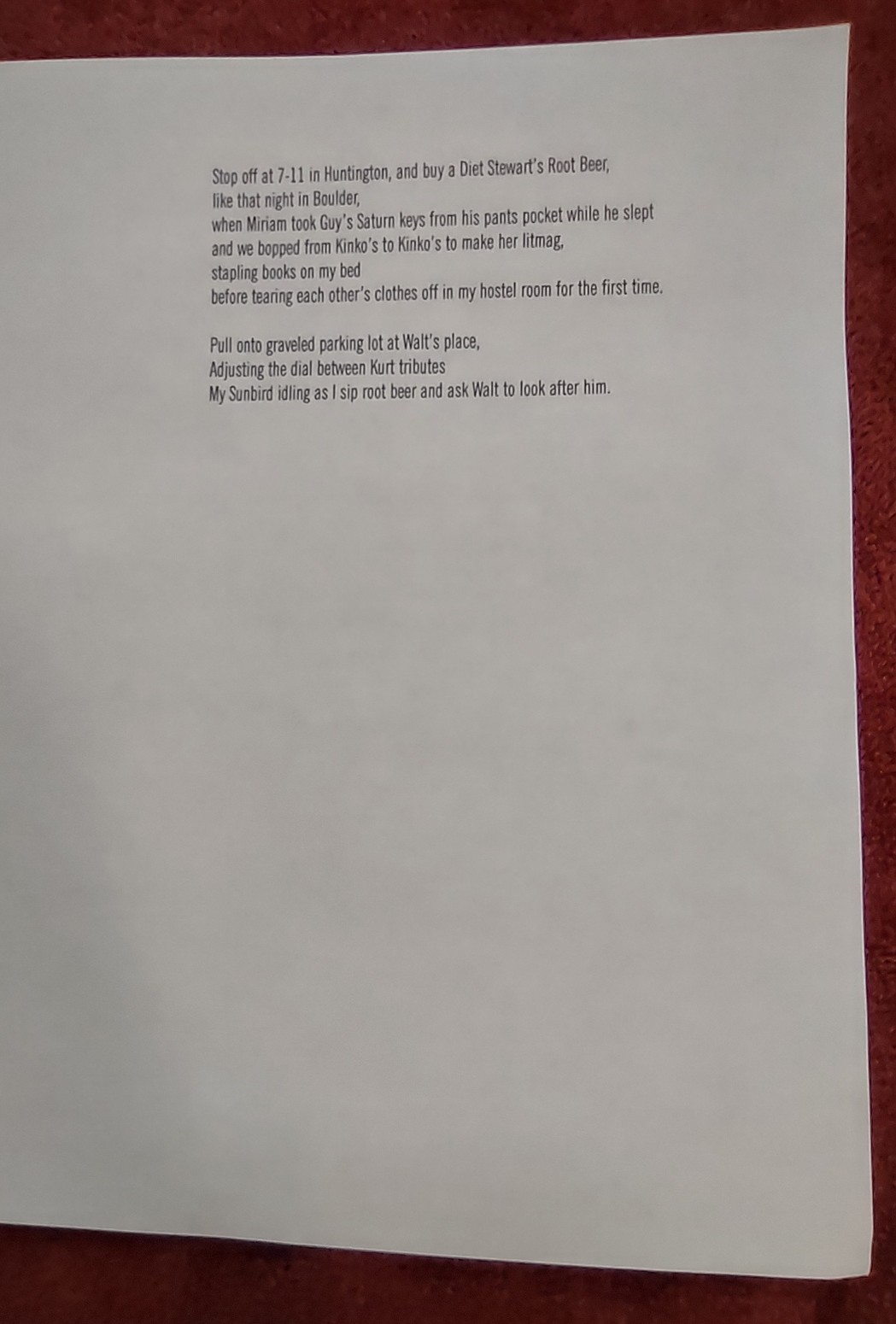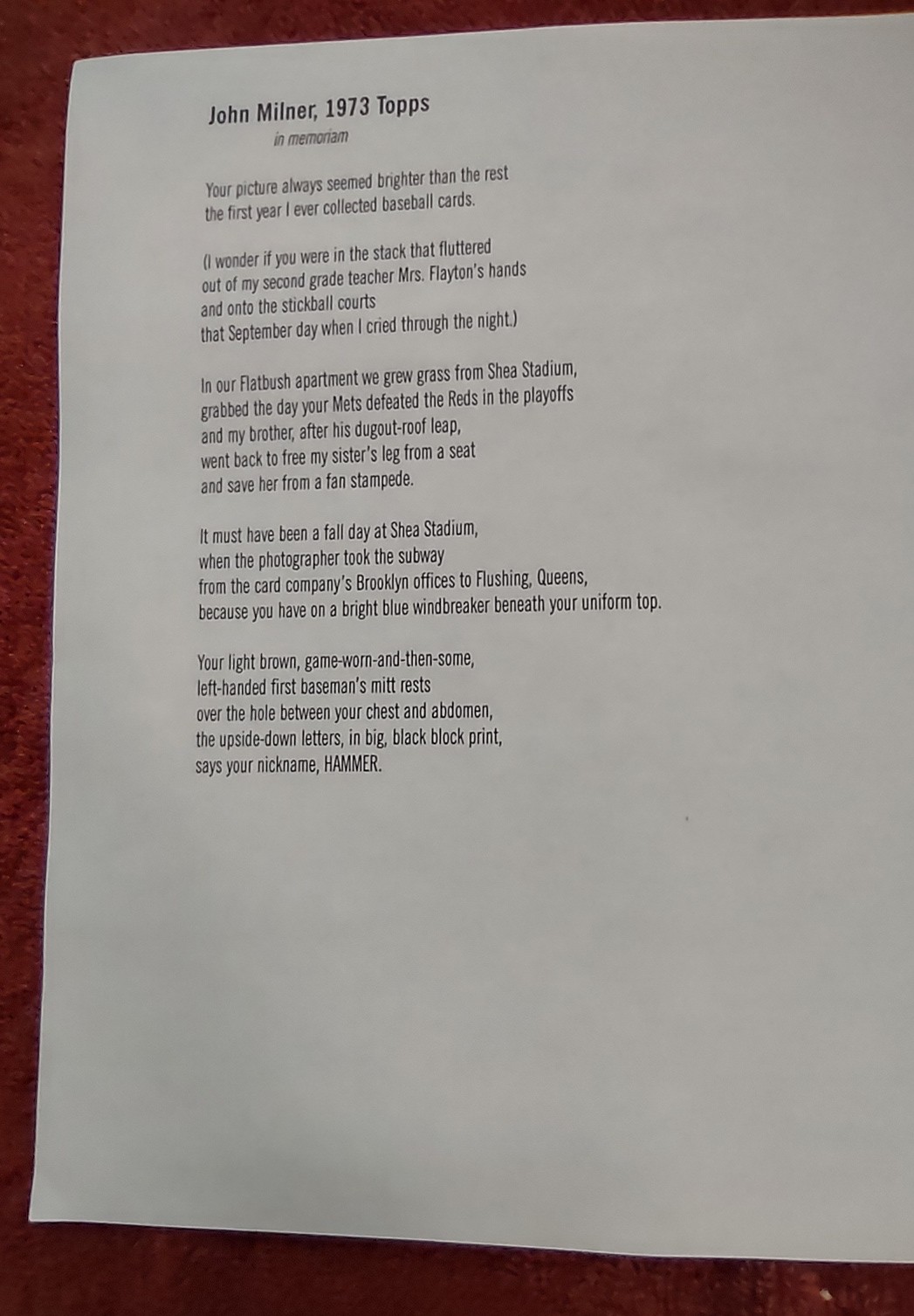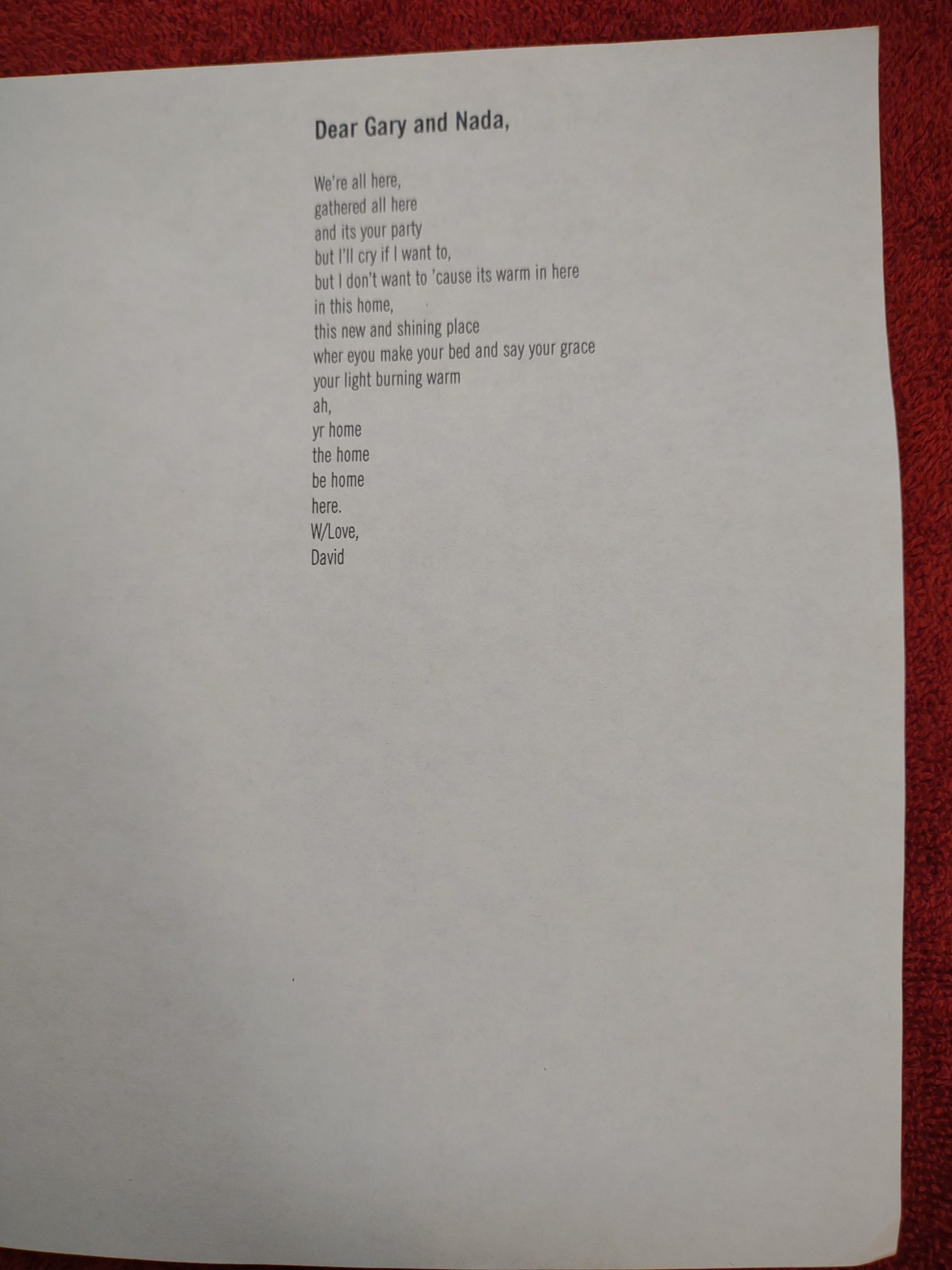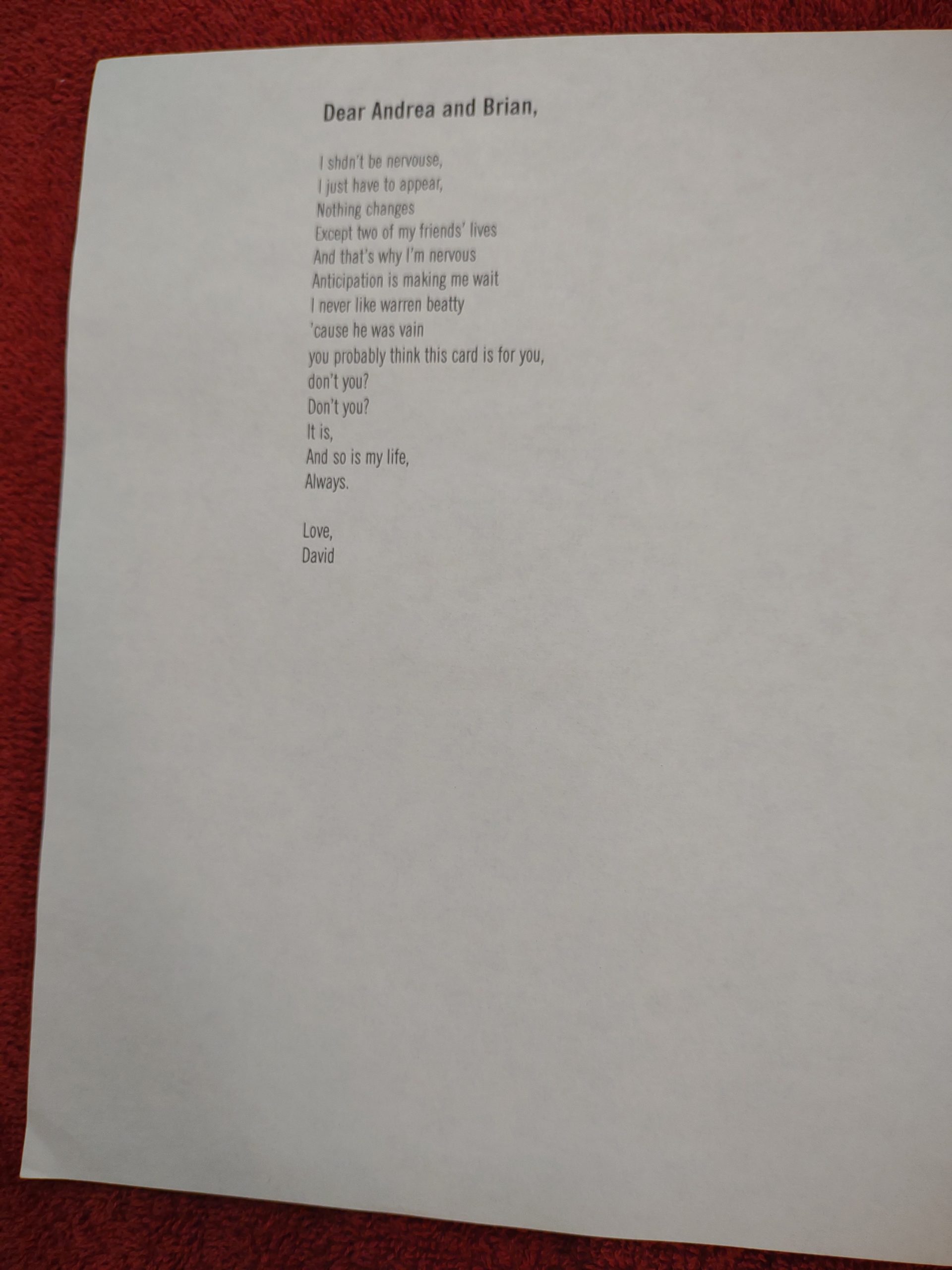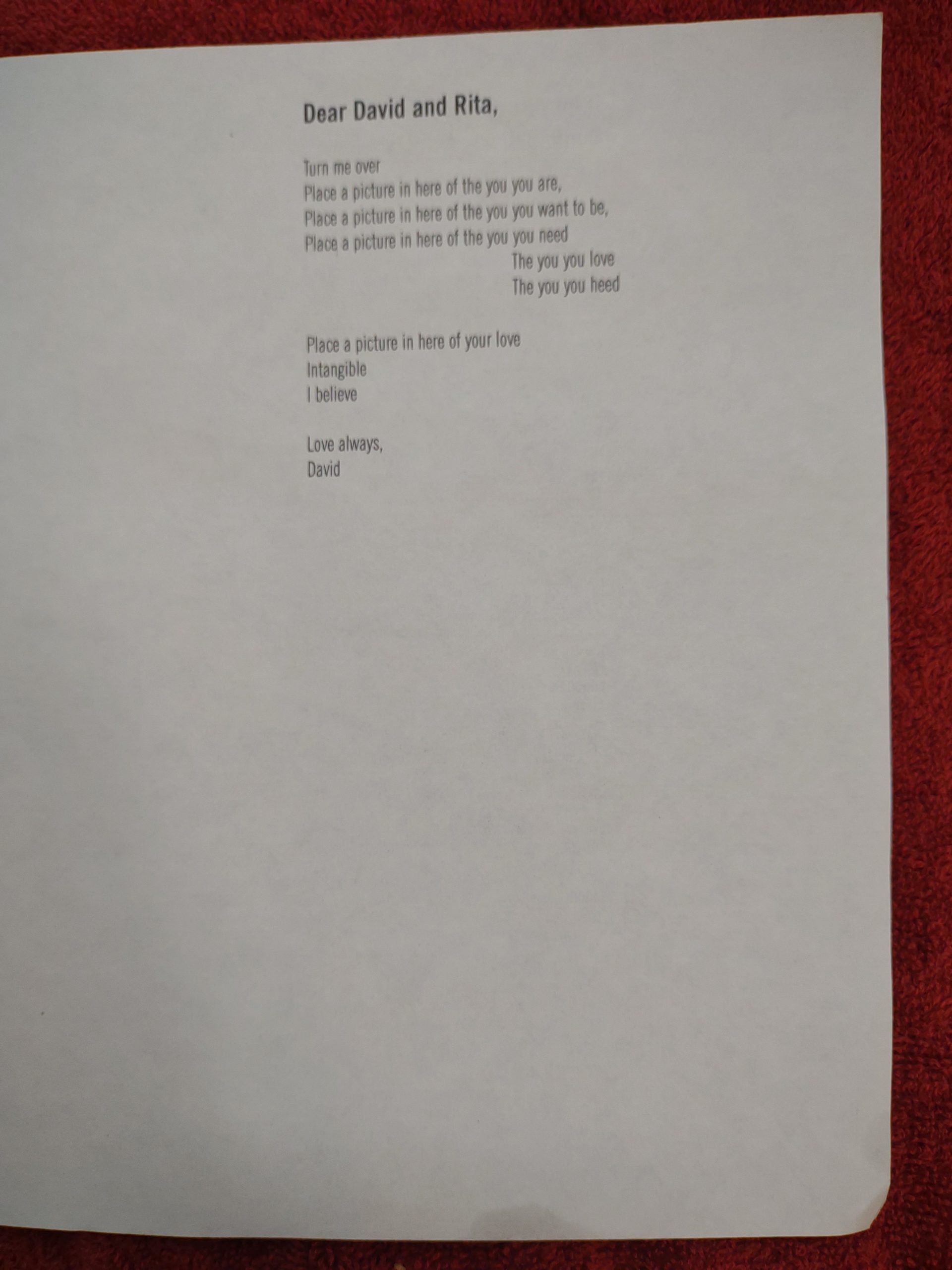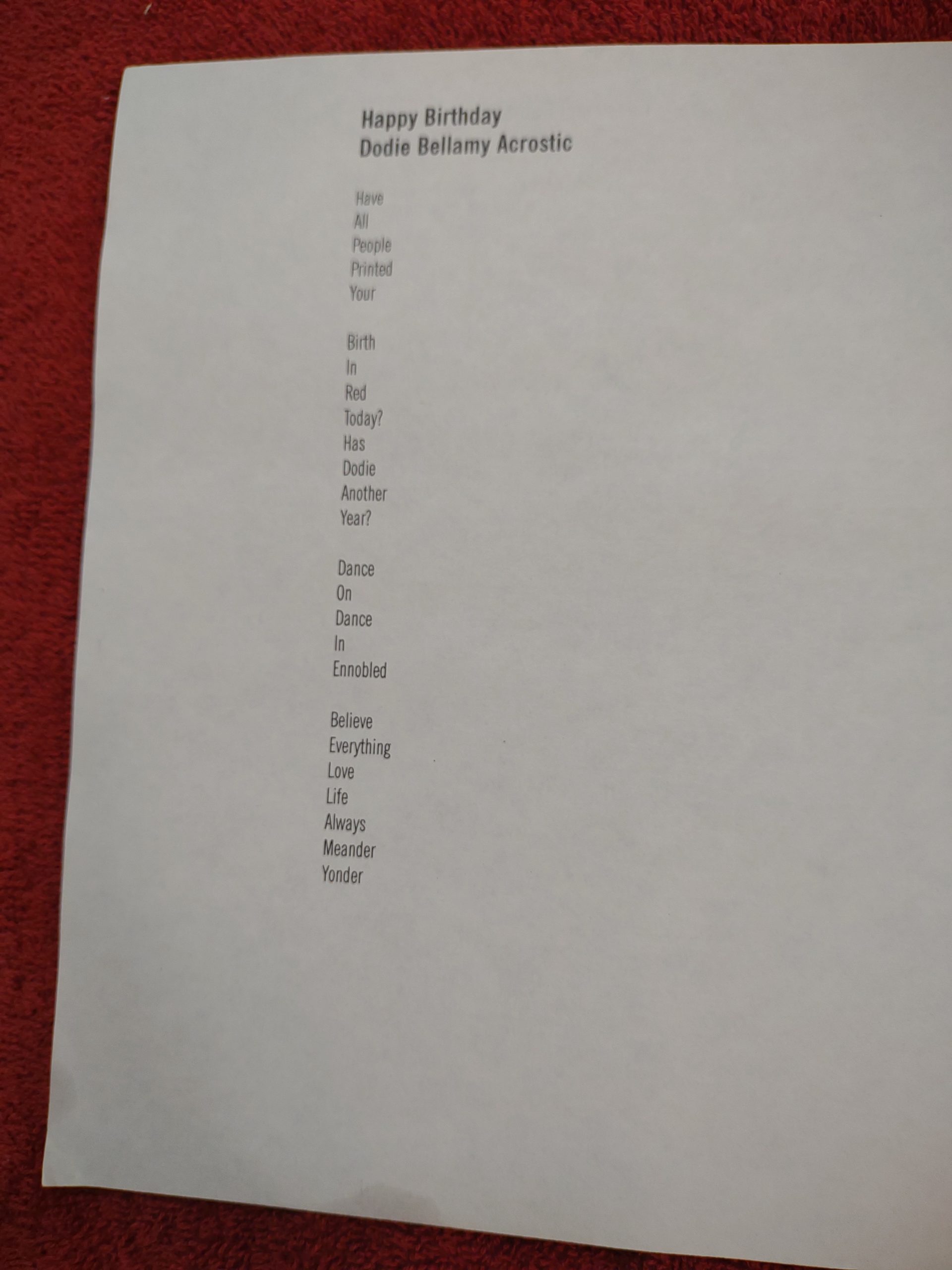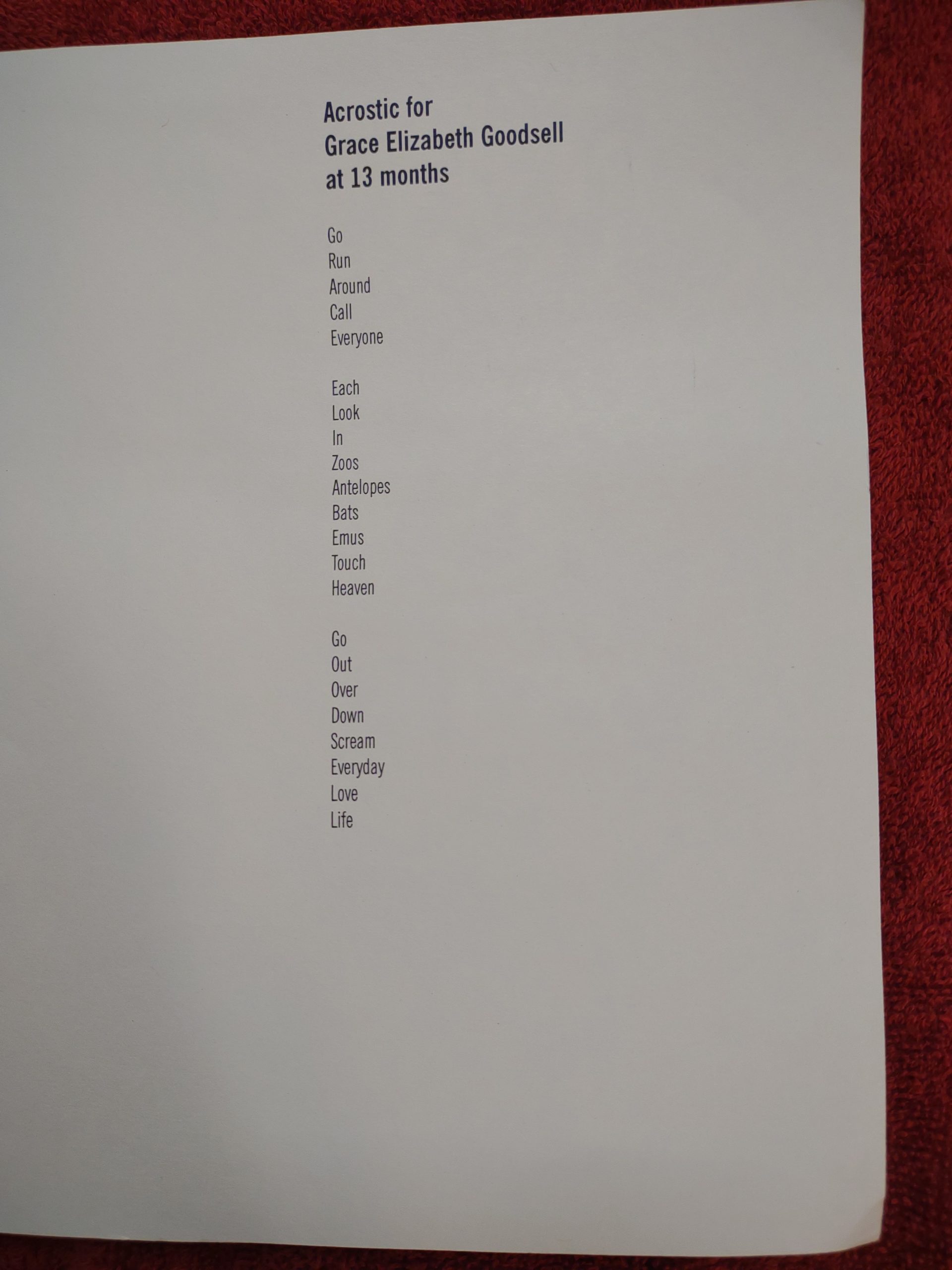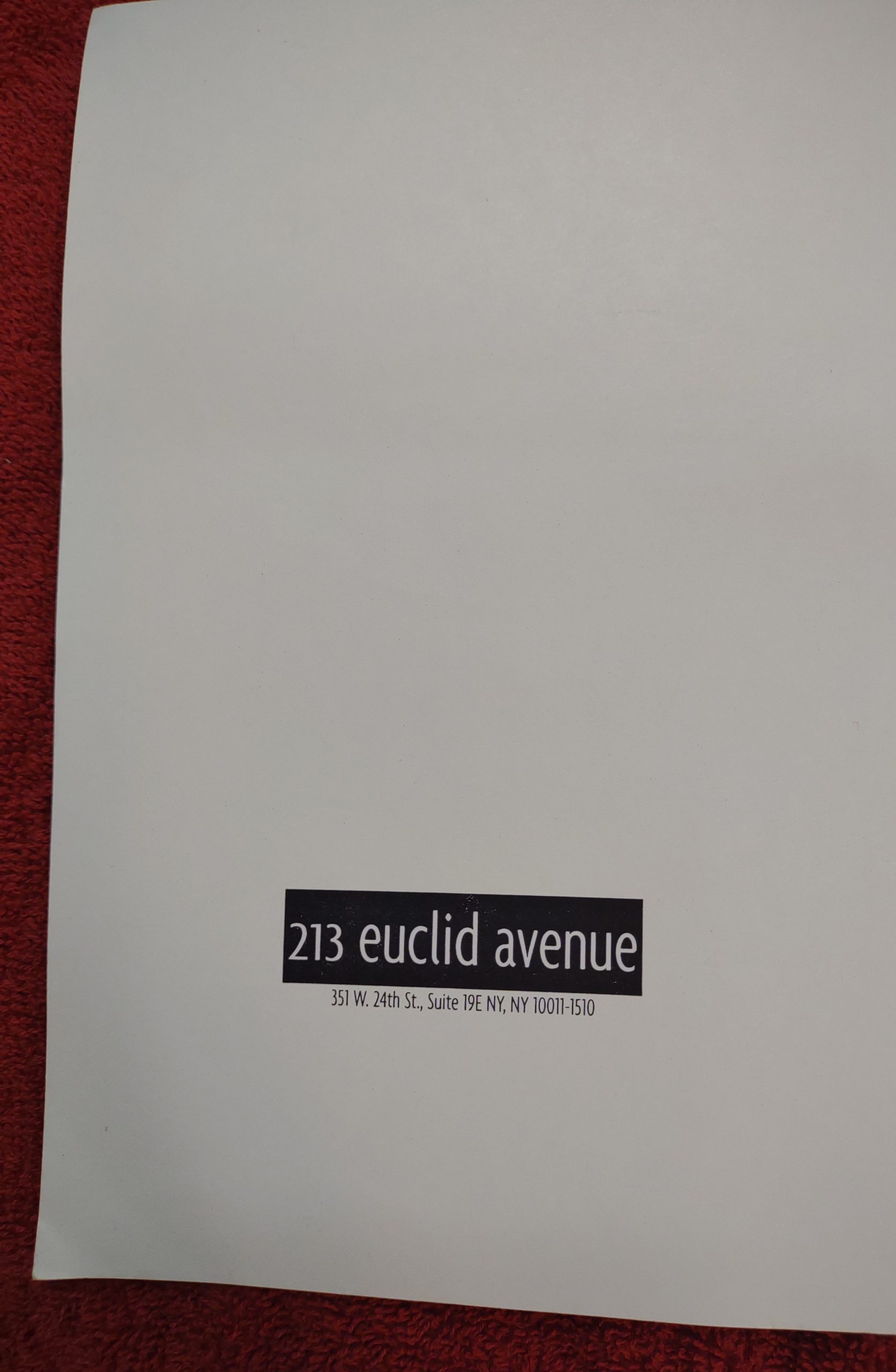Artist’s Statement
My visual art investigates intersections between the seen and heard, and the past’s implications for the future. It derives energy from the hidden overlaps of public, private, and secret spheres. For years I’ve documented participants at literary events, capturing ephemeral moments with images and text. Most recently I’ve used the visual vocabulary of fantasy cartography to present psychological topographies born from literature and music. Each map is hand drawn and letterpressed in a small edition on archival paper, never to be reprinted. They invite the beholder to get lost within their wild landscapes, each named for a trailblazing writer or musician, and to discover themselves in new worlds perhaps better than this one. They pay homage to the worldbuilding practices of Tolkien’s Lord of the Rings, Gygax’s Dungeons & Dragons, and Juster’s The Phantom Tollbooth. But they owe an equal debt to the earthbound cartographers of the Age of Exploration, like Al Idrisi, Fra Mauro, and Gerardus Mercator. Now that our usual habits, motives, and methods for movement and action have been so disrupted, these maps offer new techniques for travel and adventure.
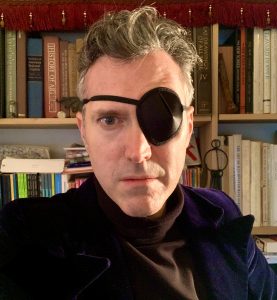 BRENDAN LORBER is a multi-disciplinary artist who uses visual art, poetry, prose, and performance to explore unresolvable tensions, the limits of communication, and the tidal cycles of noise and silences in the immediate environment and the broader Anthropocene. His visual art is in private collections in America and Europe, at Opus 40 Gallery, and in The Museum of Modern Art. His first full-length collection of poetry, “If this is paradise why are we still driving?” came out in 2018. His poems has appeared in such journals as American Poetry Review, McSweeney’s, and The Brooklyn Rail. He is the recipient of several grants from The New York State Council on the Arts and The Council of Literary Magazines and Presses. For 20 years he edited Lungfull! magazine, now in hibernation, a literary and art journal that publishes the rough draft of contributors work so you can see the creative process. He’s hosted reading series and cultural events, taught workshops, and was the editor of The Poetry Project Newsletter. The people he’s met in this long-term role as organizer and instigator have made his writing and art what it is. He lives in a tiny castle across the street from the Green-Wood Cemetery in Brooklyn.
BRENDAN LORBER is a multi-disciplinary artist who uses visual art, poetry, prose, and performance to explore unresolvable tensions, the limits of communication, and the tidal cycles of noise and silences in the immediate environment and the broader Anthropocene. His visual art is in private collections in America and Europe, at Opus 40 Gallery, and in The Museum of Modern Art. His first full-length collection of poetry, “If this is paradise why are we still driving?” came out in 2018. His poems has appeared in such journals as American Poetry Review, McSweeney’s, and The Brooklyn Rail. He is the recipient of several grants from The New York State Council on the Arts and The Council of Literary Magazines and Presses. For 20 years he edited Lungfull! magazine, now in hibernation, a literary and art journal that publishes the rough draft of contributors work so you can see the creative process. He’s hosted reading series and cultural events, taught workshops, and was the editor of The Poetry Project Newsletter. The people he’s met in this long-term role as organizer and instigator have made his writing and art what it is. He lives in a tiny castle across the street from the Green-Wood Cemetery in Brooklyn.
